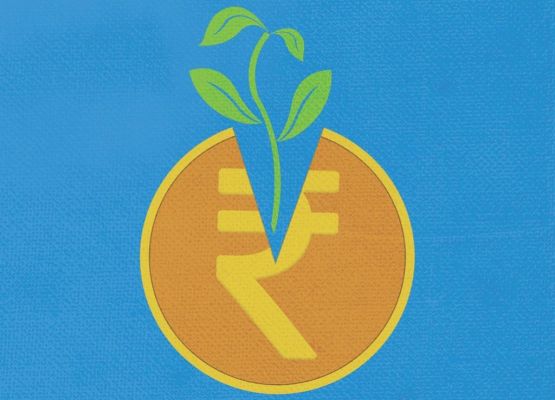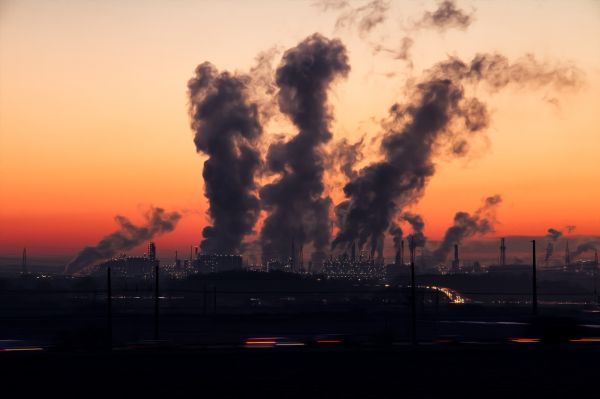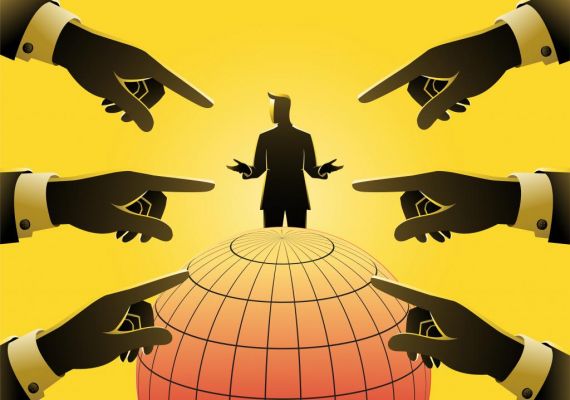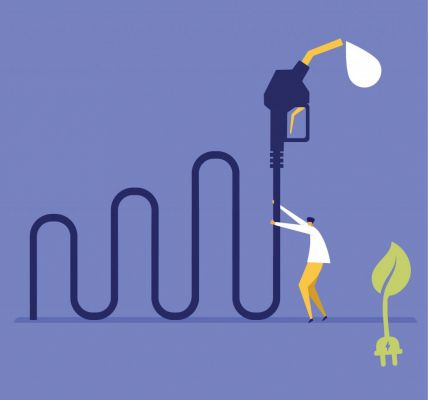संपादक की पसंद

By Sunita Narain
We now need to be more than obsessive about water and its management as it is the basis of health and wealth
Every year, March 22 is observed as the World Water Day. This year as we celebrate, and reiterate, the importance of water we need to remember the difference — this is the World Water Day in the age of climate change.
This means we have to do everything that we know we need to do: Augment water availability by harvesting every drop of rainwater; use it much more efficiently so that every drop of that rainwater is valued in the food we eat or the water we flush; and ensure that every drop of that used water is reused and recycled and not degraded by pollution. This we already know and we practice.
But this will not be enough in the age of climate change — we will have to do all we know at a faster pace, on a massive scale, and differently. Why do I say this?
We know that climate change impacts are about heat — increased and scorching temperatures — and about variable and extreme rain. Both have a direct correlation with the water cycle. So climate change mitigation has to be about water and its management.
Every year, we know now, is the hottest year in recorded history — till the next year comes around and breaks the record. In India, temperatures in parts of Odisha have crossed 40 degree Celsius as early as February — even before summer set in. North Indian states are breaking all records in terms of rising heat and higher than normal temperatures.
And this is when 2021 is the year of La Niña — the Pacific water currents that are known to bring cooler temperatures globally as compared to El Niño. But Indian weather scientists say global warming has offset this cooling effect of La Niña.
Rising heat has many implications for water security. First, it means that there will be greater evaporation from all waterbodies. It means that we need to work not just on storing water in millions of structures, but also plan for reducing losses due to evaporation. One option is to work on underground water storage — wells in other words.
India has for too long discounted the management of groundwater systems as irrigation bureaucracies have been built on the planned canals and other surface water systems. But this will need to shift in this age of climate change and water scarcity.
We need to find ways of reducing losses from tanks, ponds and canals as well. It’s not that evaporation losses didn’t happen in the past; but now the rates will increase with temperatures soaring. So we need to plan; we need to do more.
Second, increased heat means that it will dry up the moisture in soils; it will make the land dusty and will increase the need for irrigation. In a country like India where the bulk of the food is still grown in rainfed regions — irrigated by rain — it will intensify land degradation and dust bowl formations. This means water management must go hand in hand with vegetation planning to improve the ability of soils to hold water, even in times of intense and prolonged heat.
Thirdly, and obviously, heat will drive up the use of water — from drinking and irrigation to fighting fires in forests or buildings. We have already seen devastating forest fires rage in many parts of the world, and in the forests of India. This will only increase as temperatures go up. So the demand for water will increase with climate change, making it even more imperative that we do not waste — either water or wastewater.
But this is not all. The fact is that climate change is already showing up in terms of the increasing number of extreme rain events. This means that we can expect rain to come as a flood, making the cycle of floods followed by droughts even more intense. India already has fewer rainy days in a year — it is said that it rains for just 100 hours on average in a year. Now the number of rainy days will further go down, but extreme rainy days will increase.
This has a huge impact on our plans for water management. This means that we need to think more about flood management, not only to embank rivers but to optimise the floodwaters so that we can store them in underground and overground aquifers — wells and ponds. But it also means that we need to plan differently for the capture of rainwater.
Currently, our water structures, the many millions that are being constructed under the Mahatma Gandhi National Rural Employment Guarantee Act, for instance, are designed for normal rainfall. But now, as extreme rains become the normal, the structures will need to be redesigned so that they last over the seasons. The bottom-line is that we must plan deliberately to capture every drop, not just of rain but of floodwater, in this age of climate change.
Let’s then be clear; we needed to be obsessive about water and its management yesterday because water is the basis of health and wealth. But now we need to be more than obsessive — we need to be determined and deliberate. This is the real make or break of our future. (downtoearth.org.in)










.jpg)
.jpg)


.jpg)



